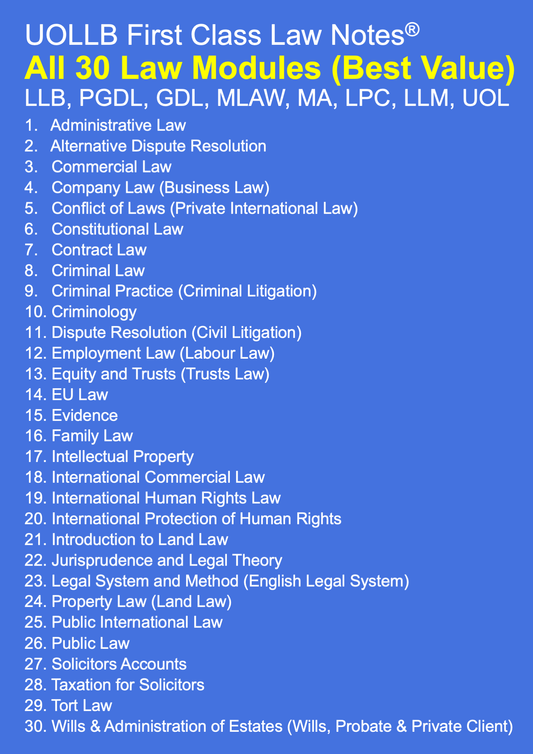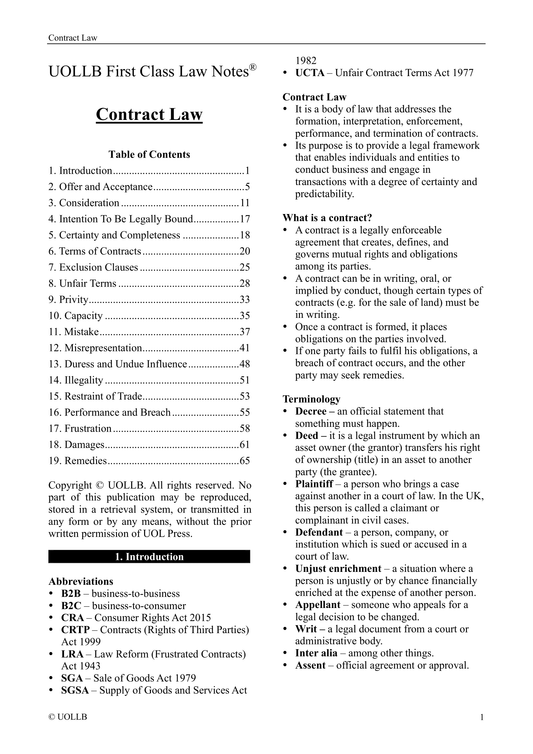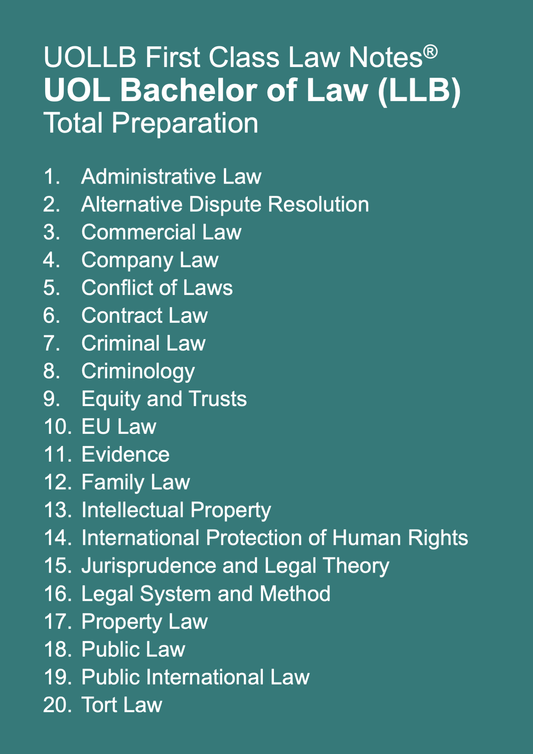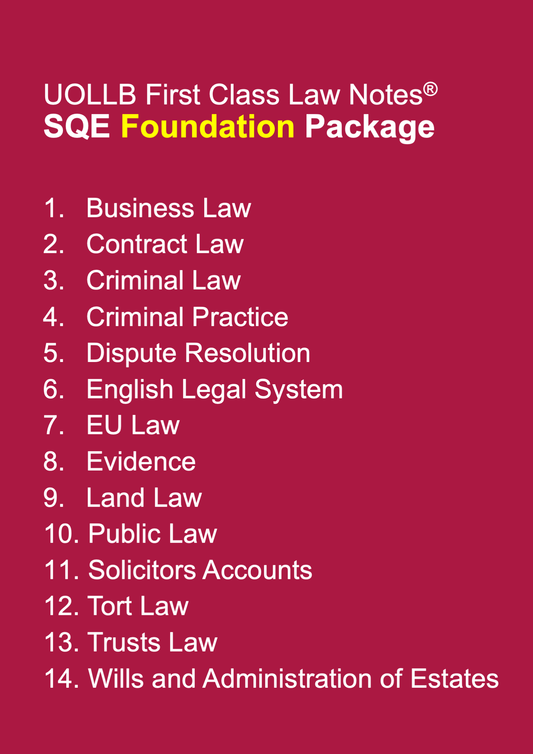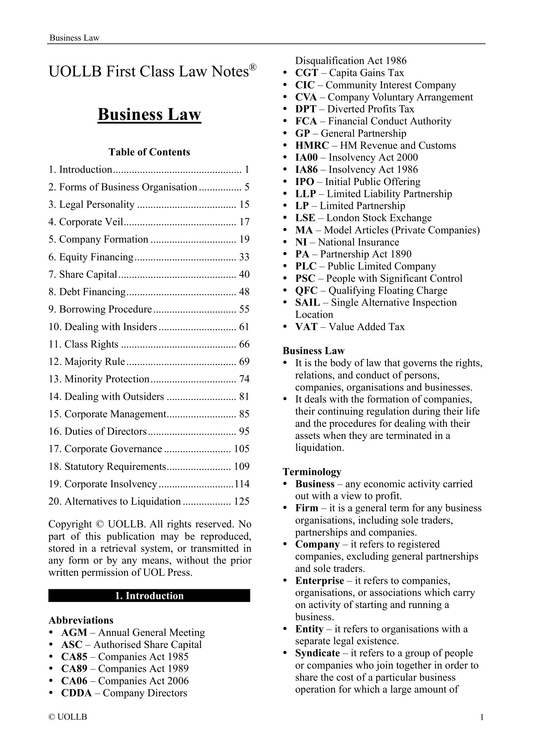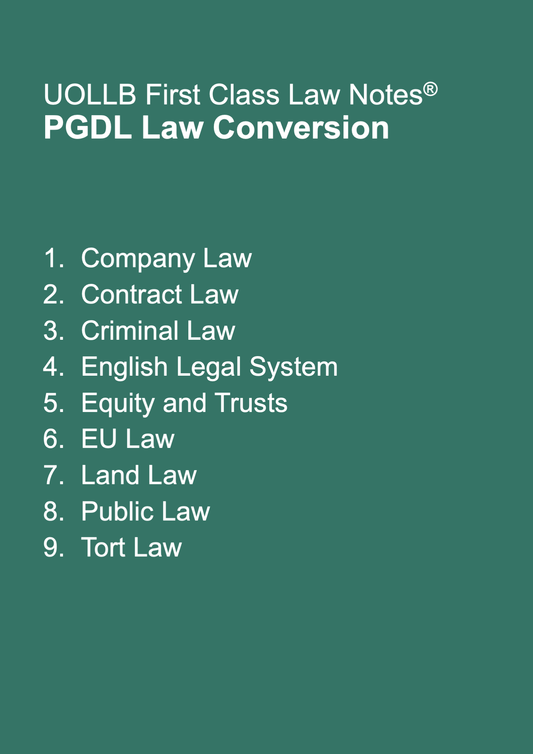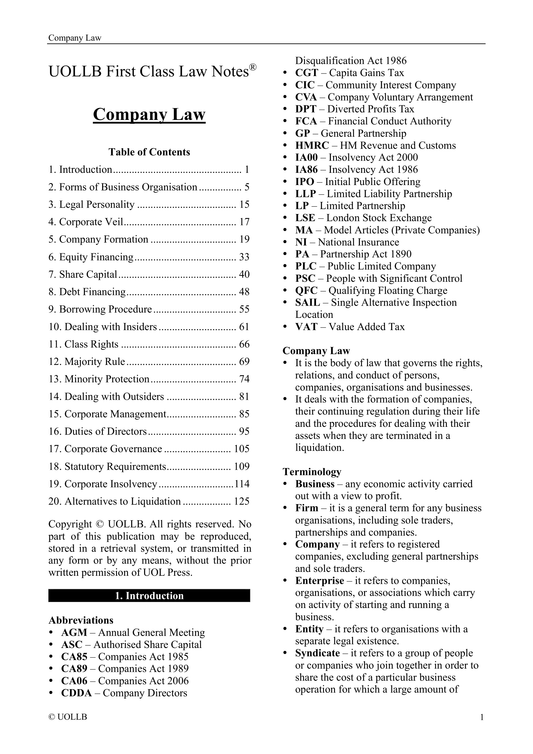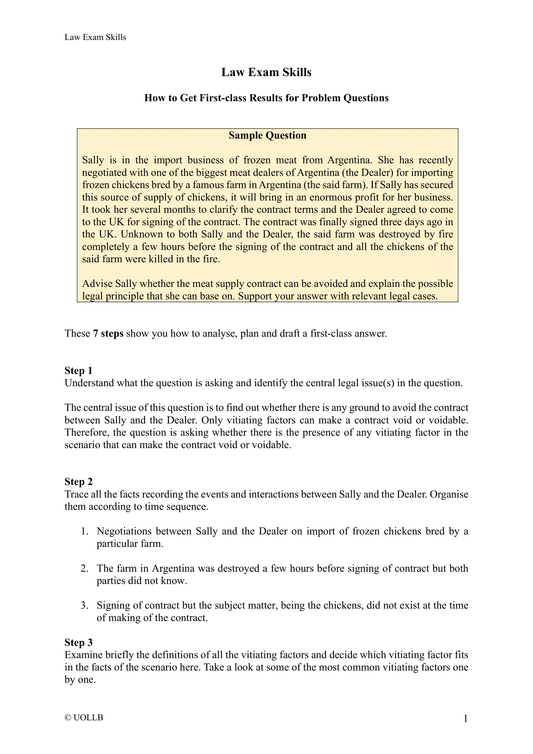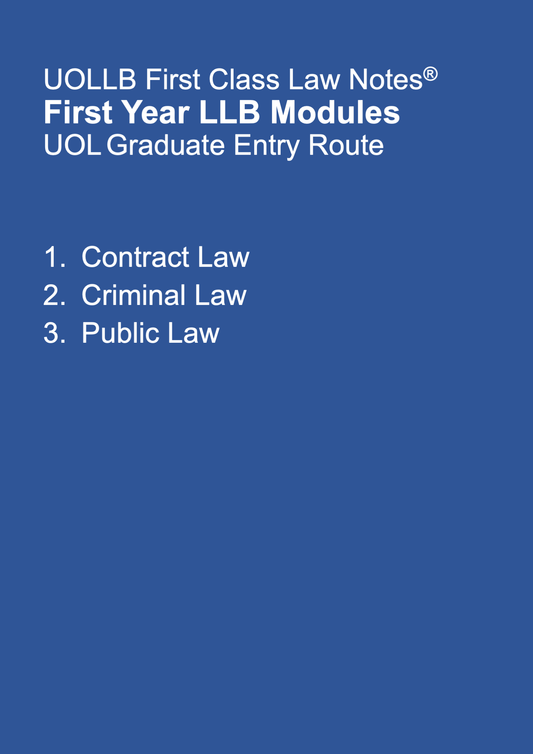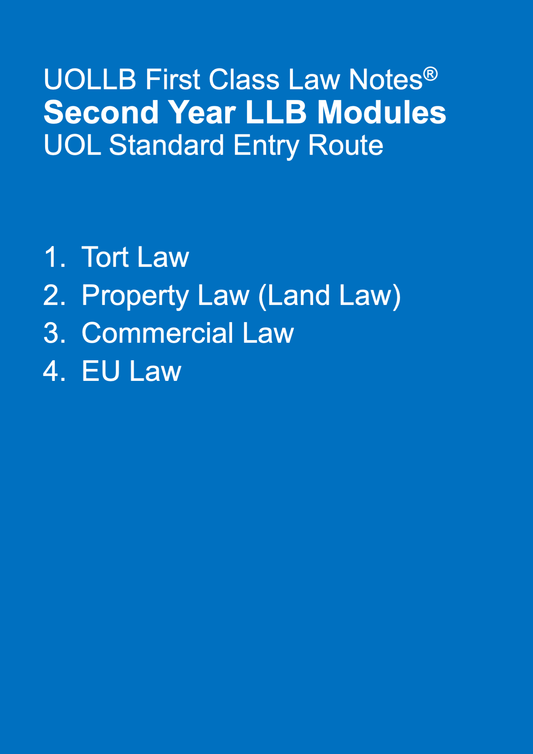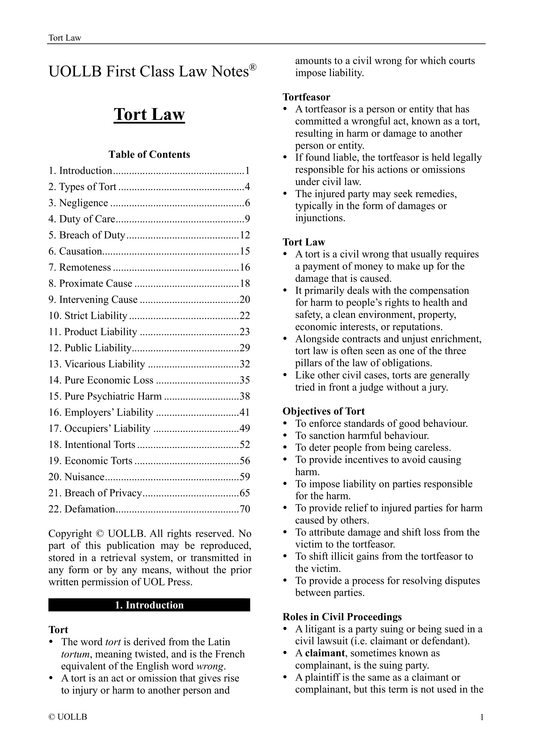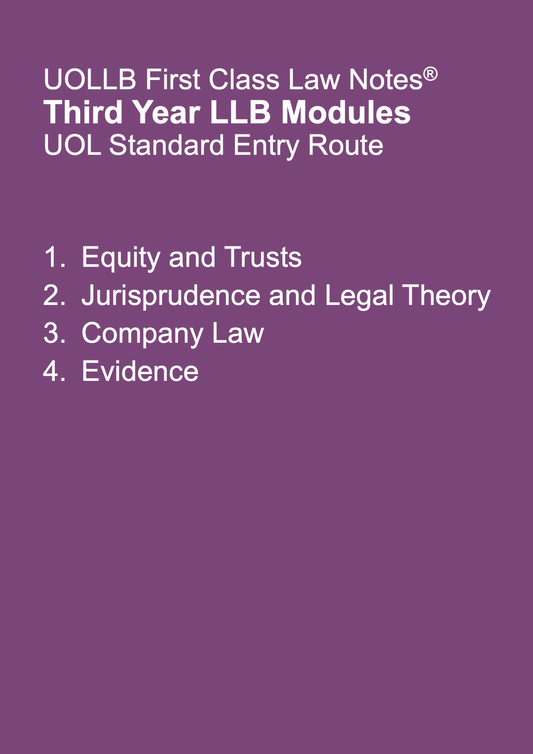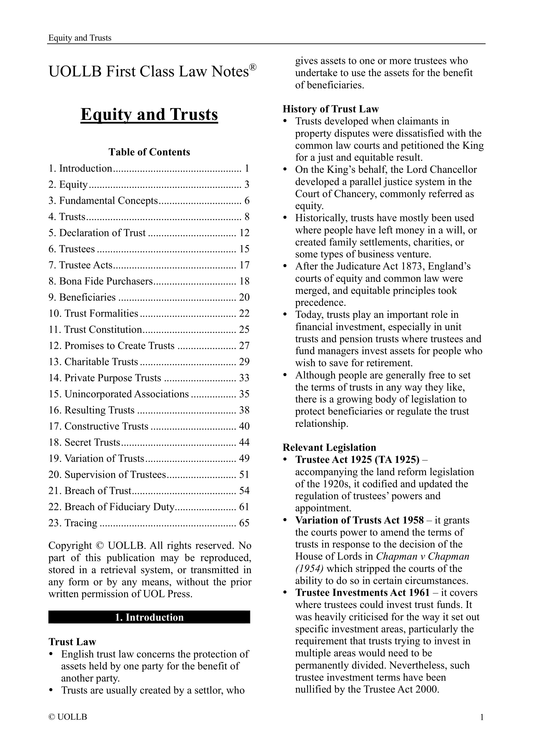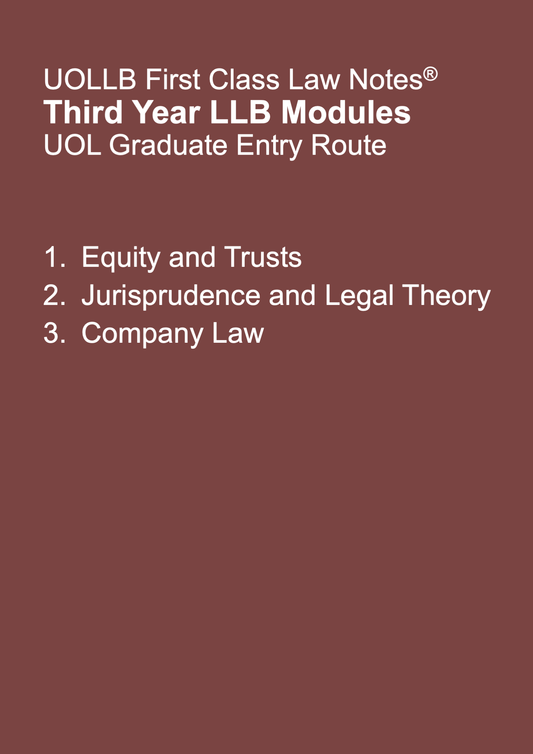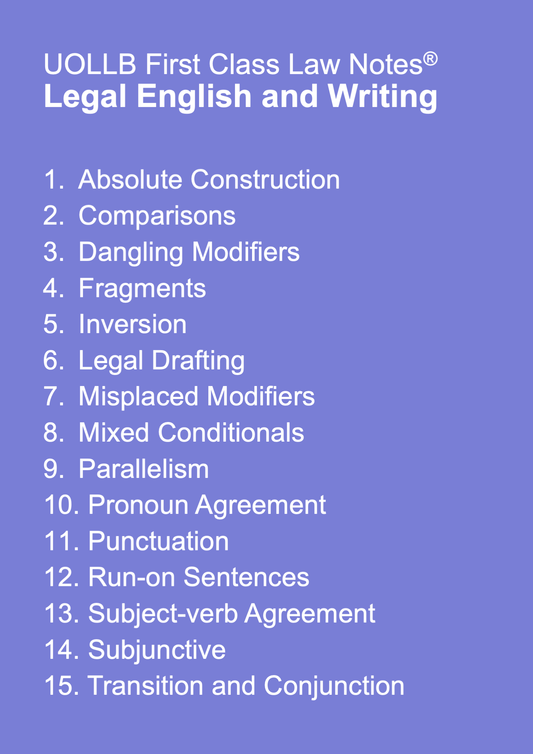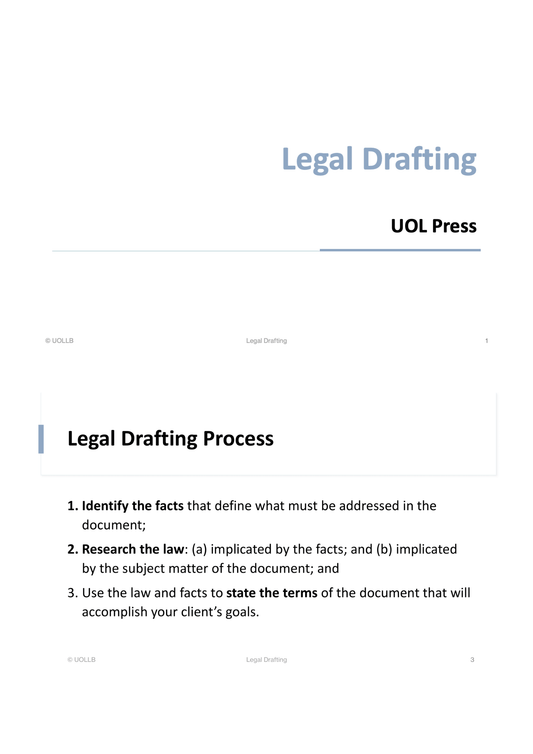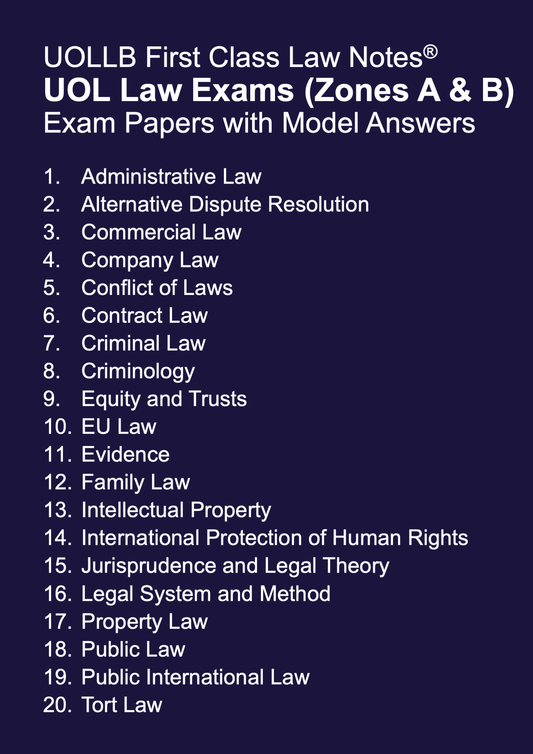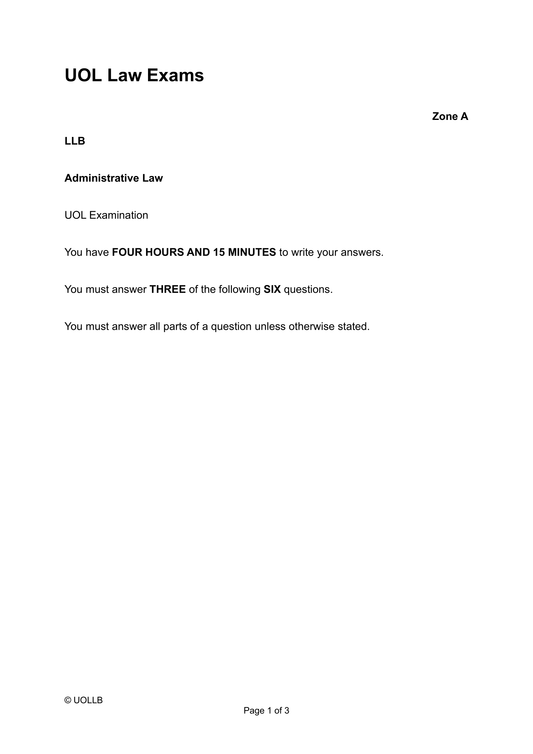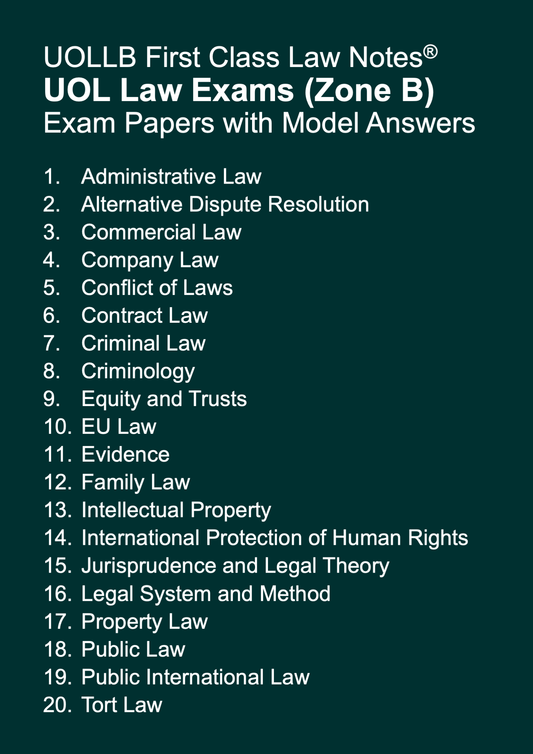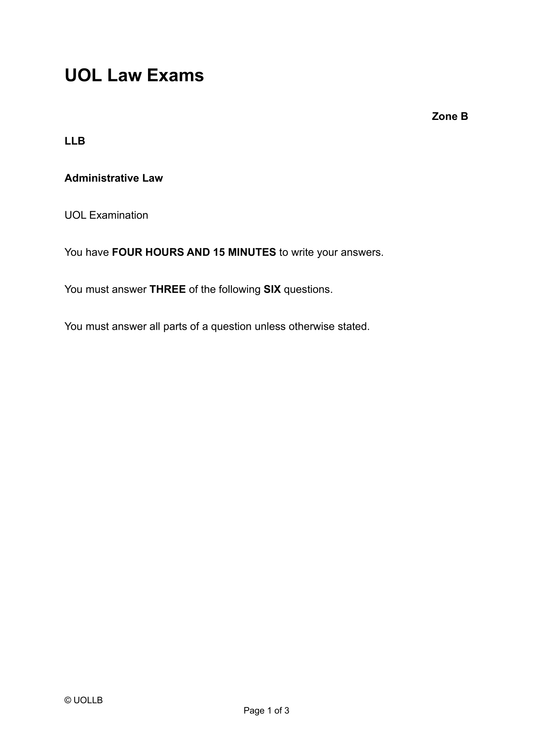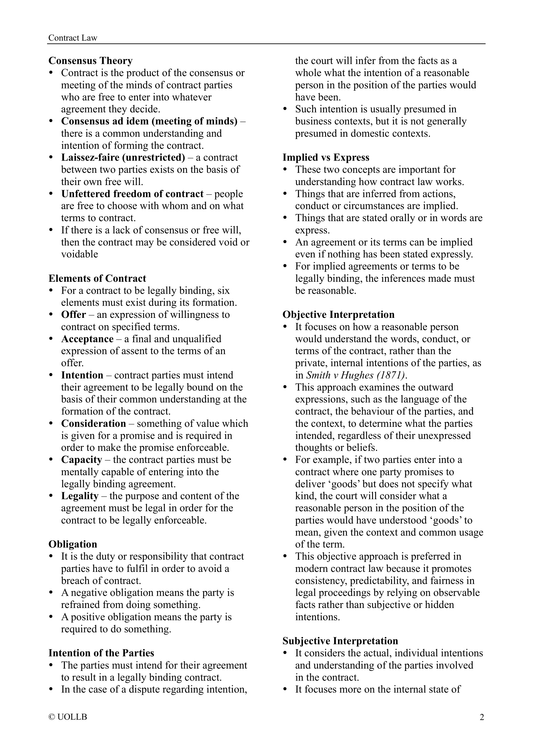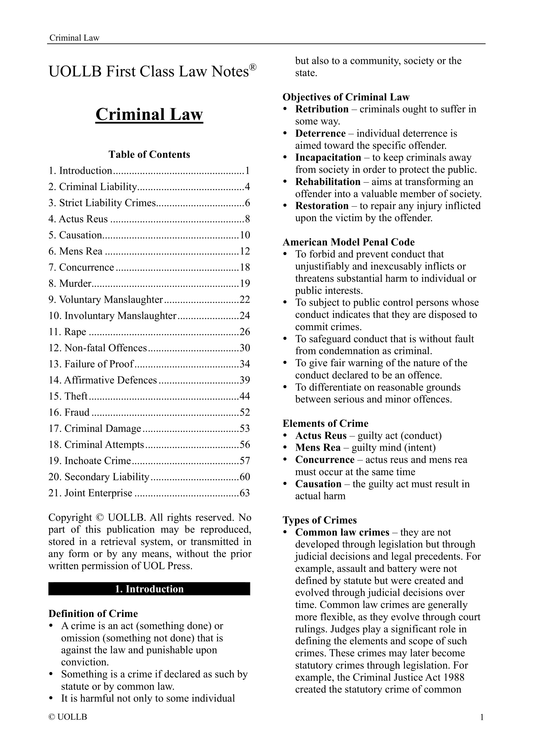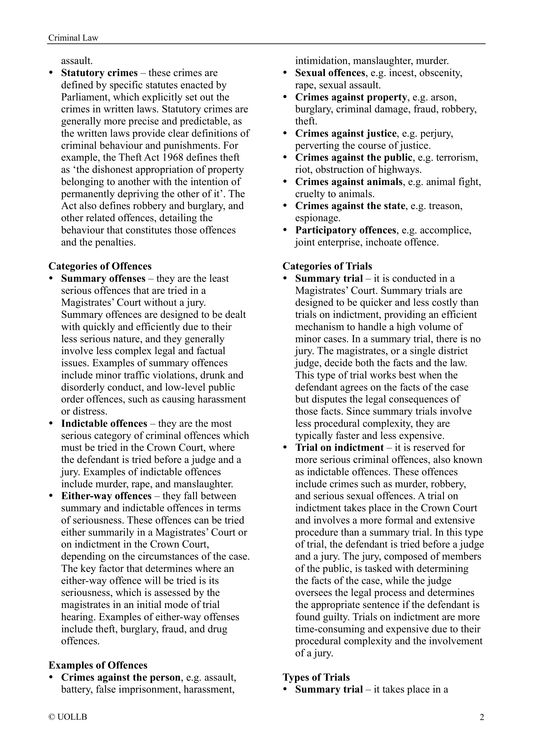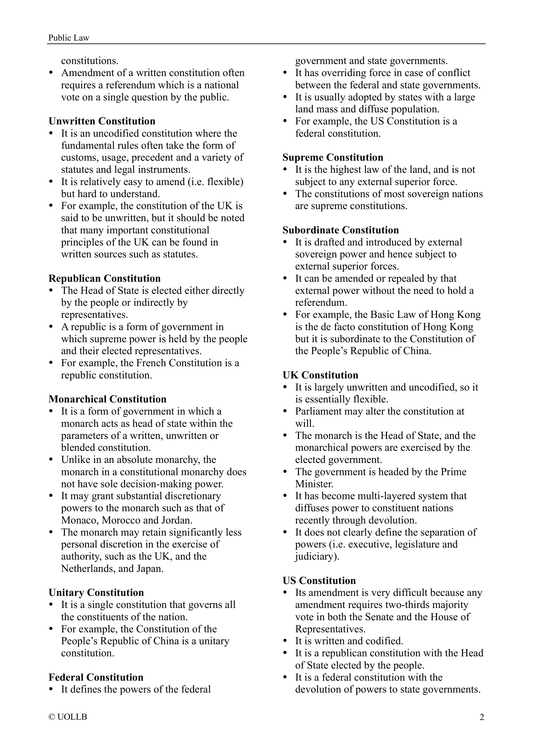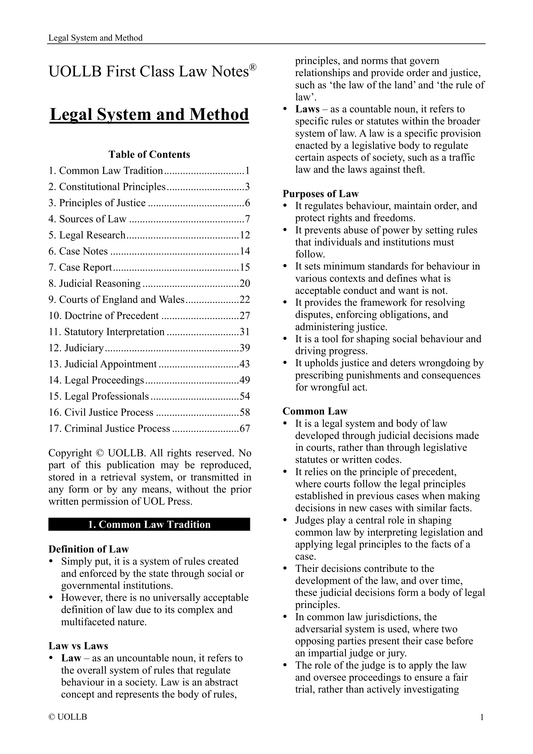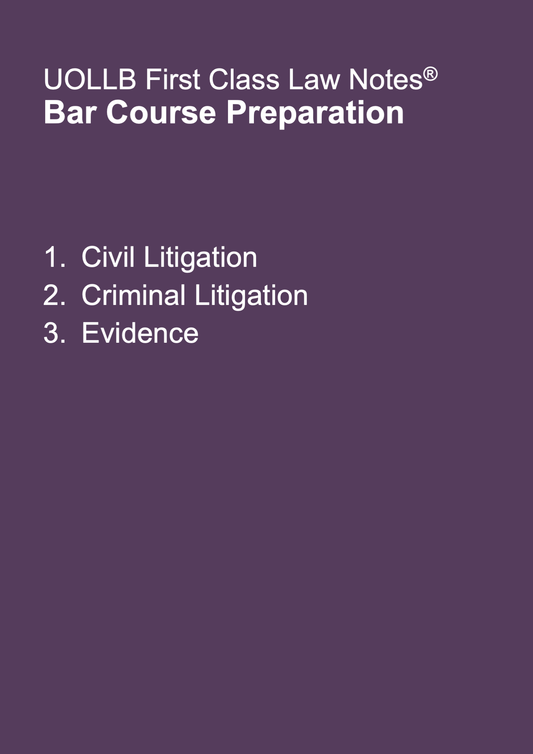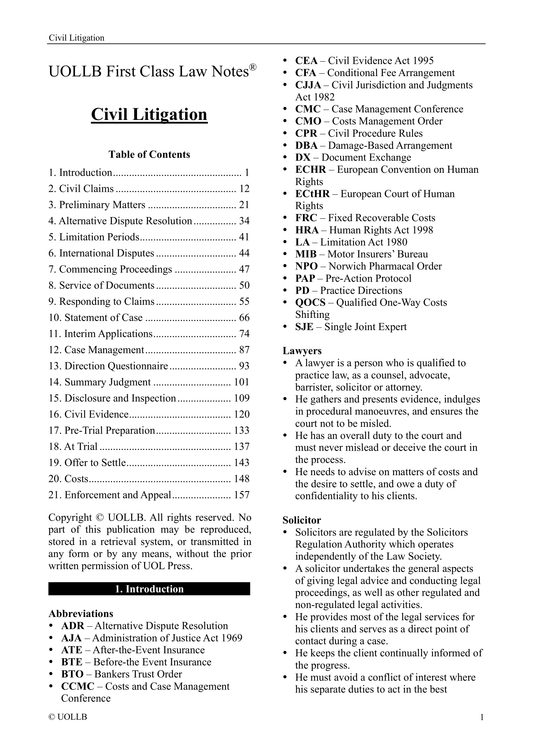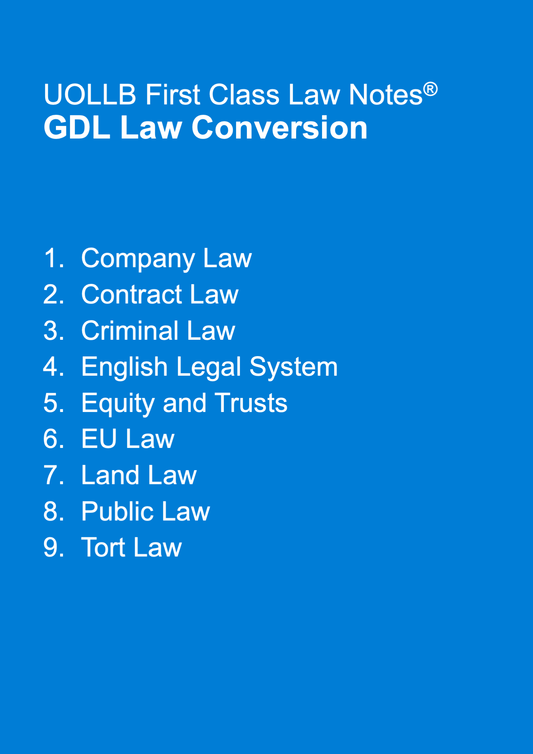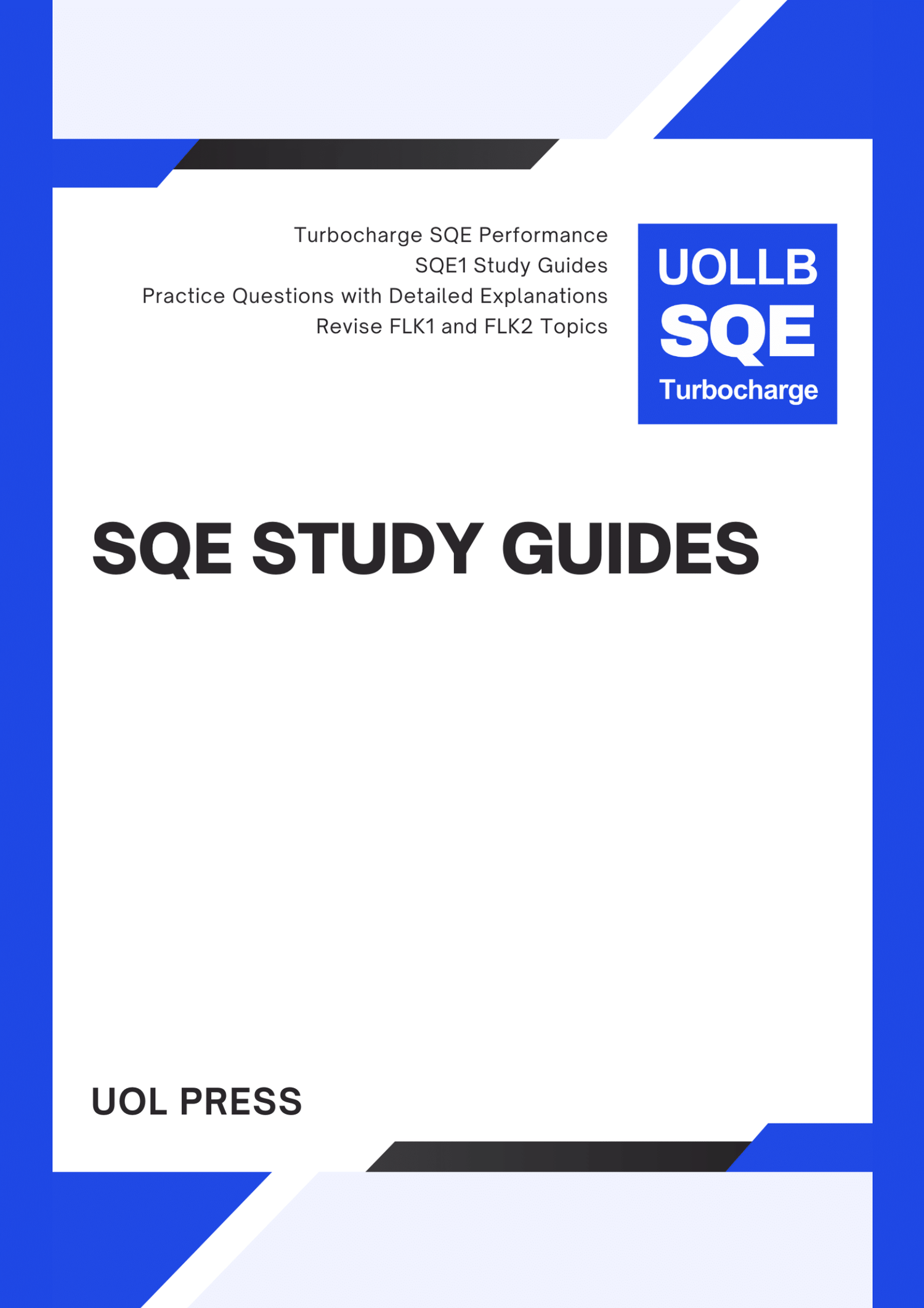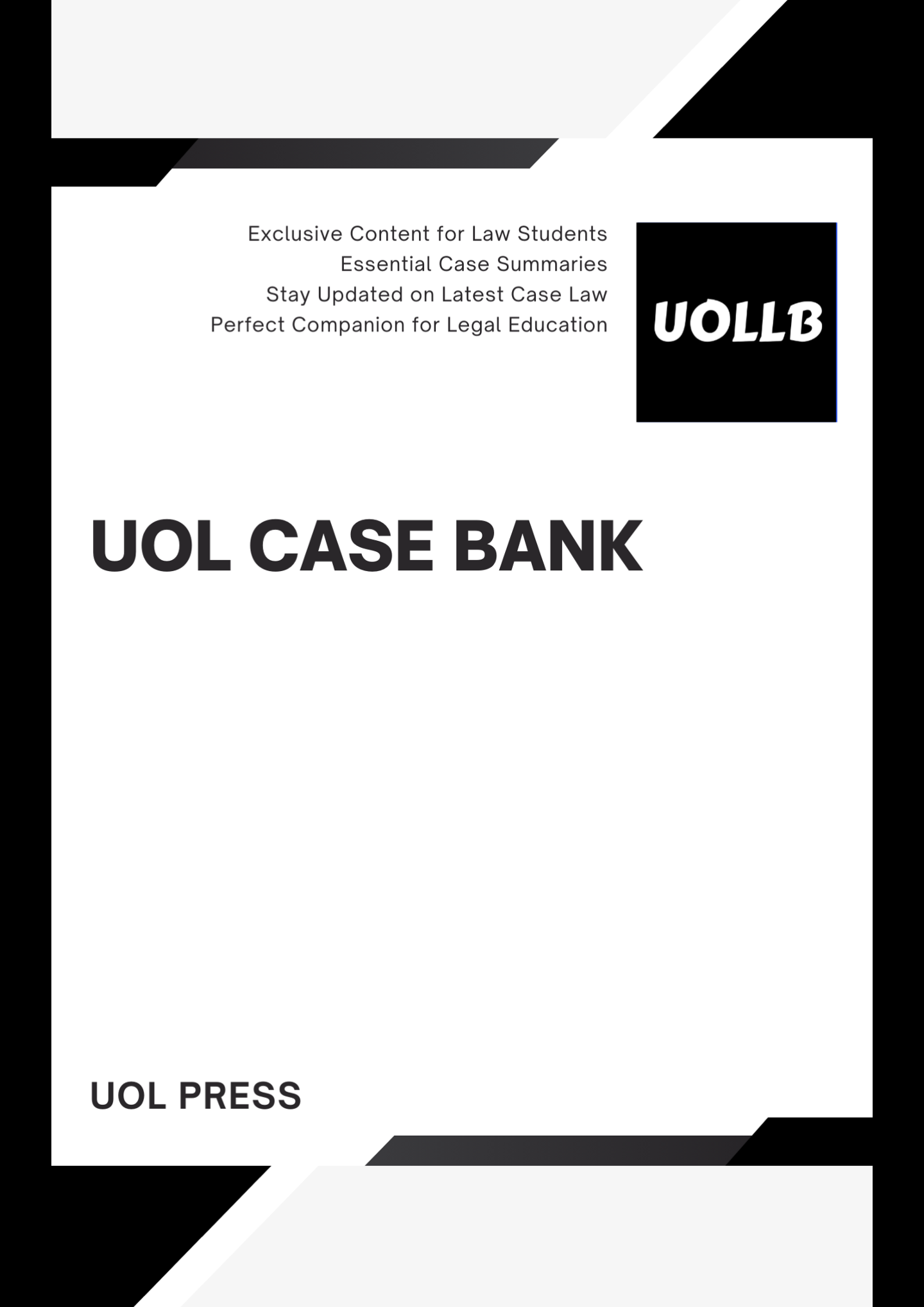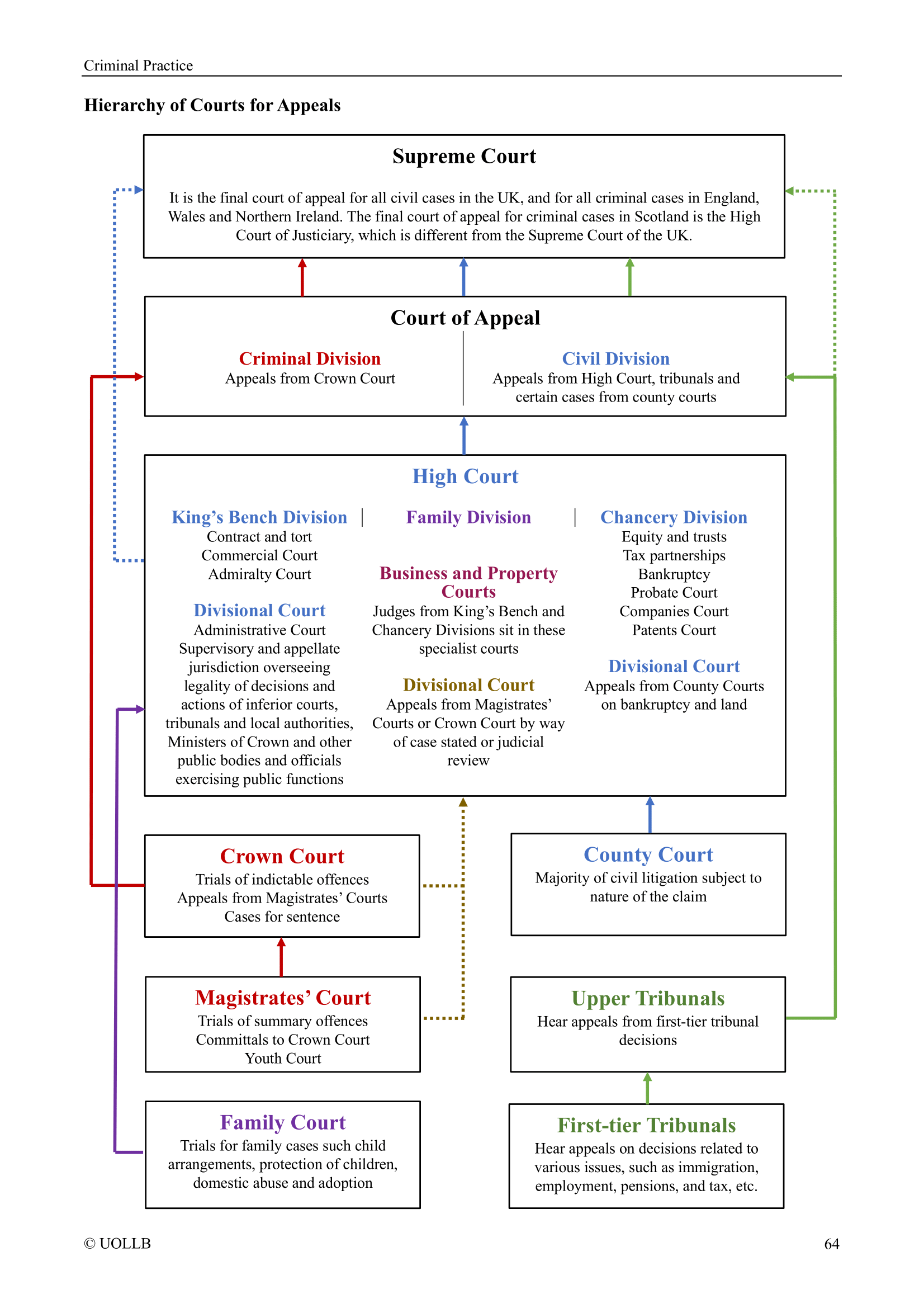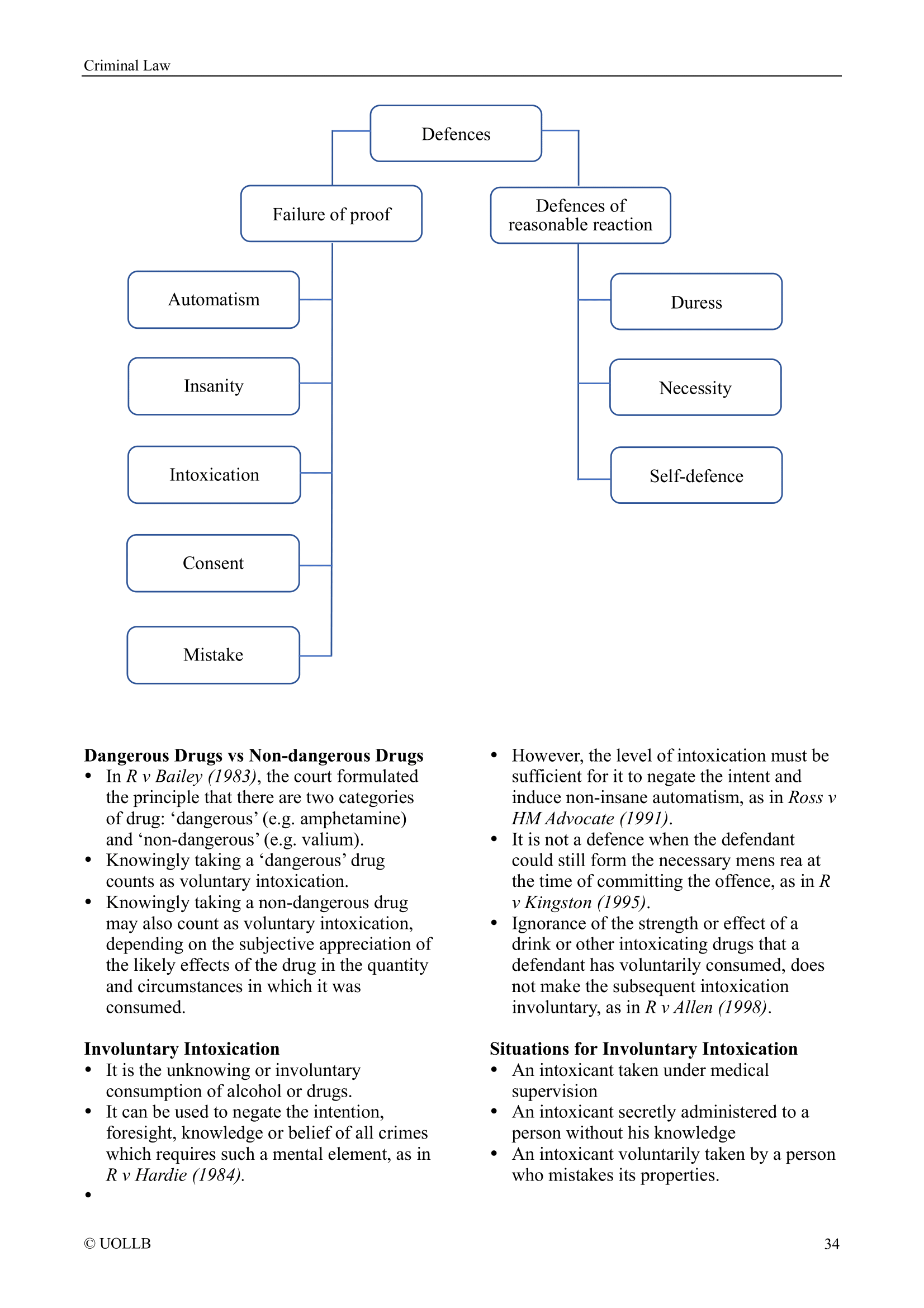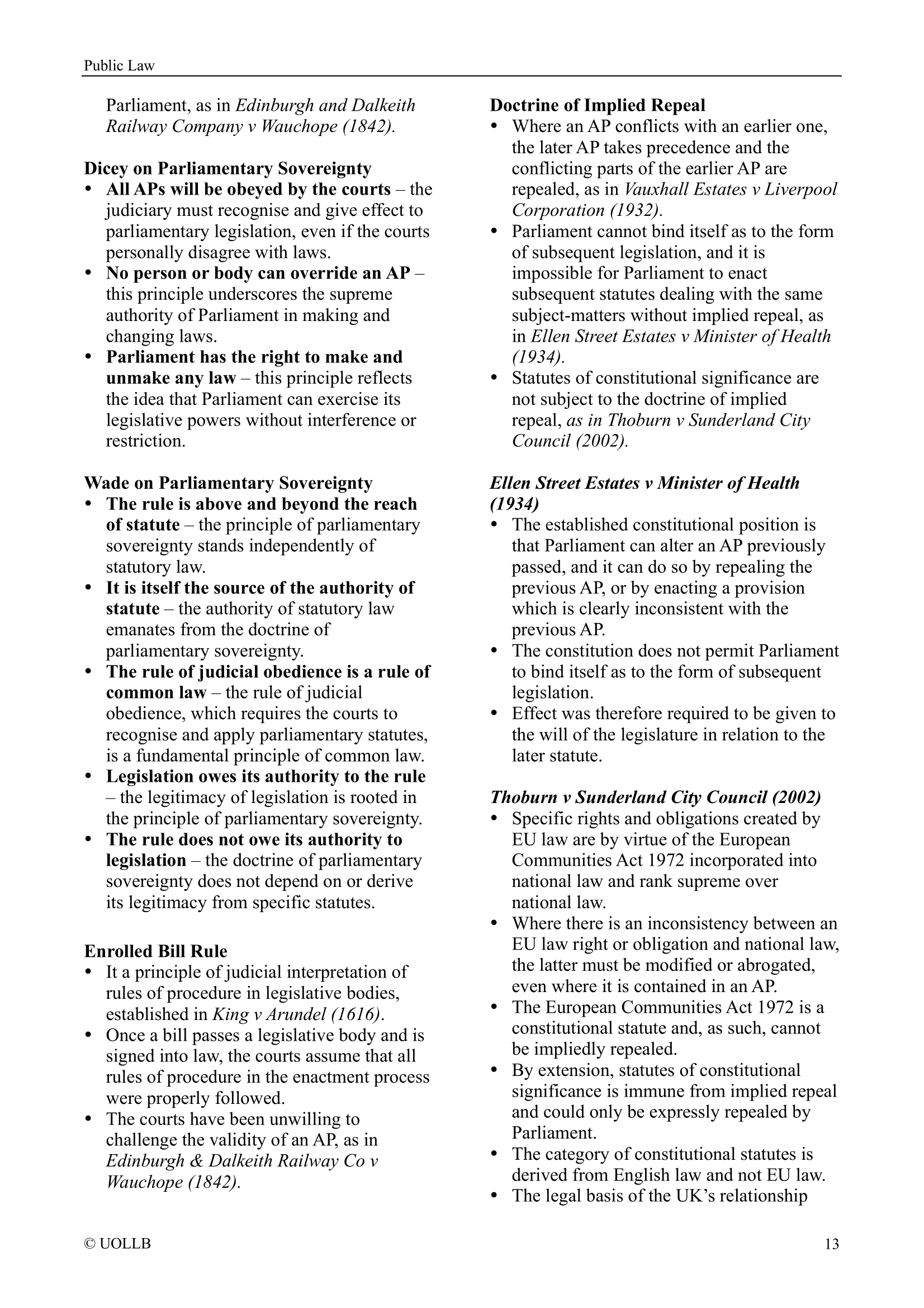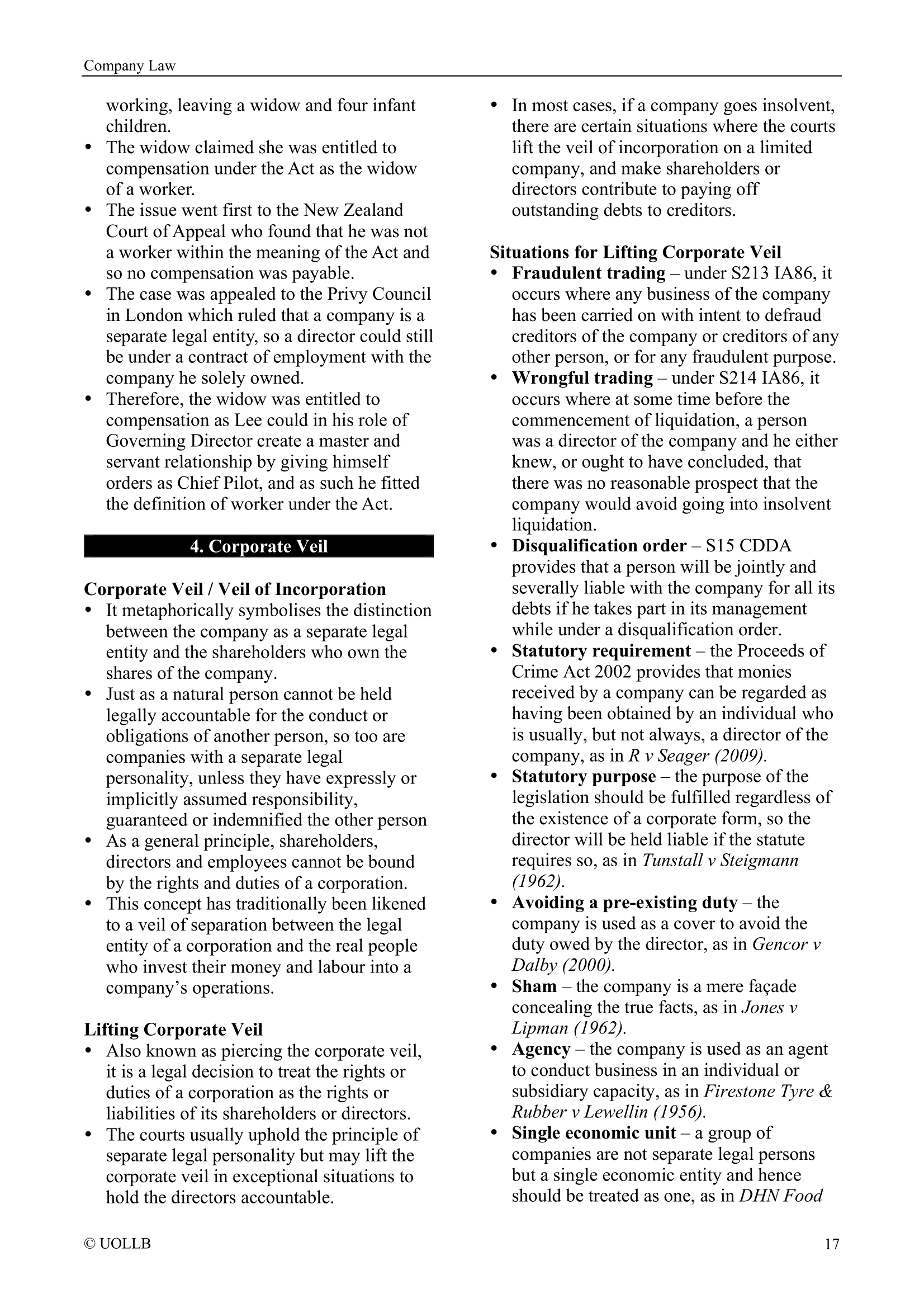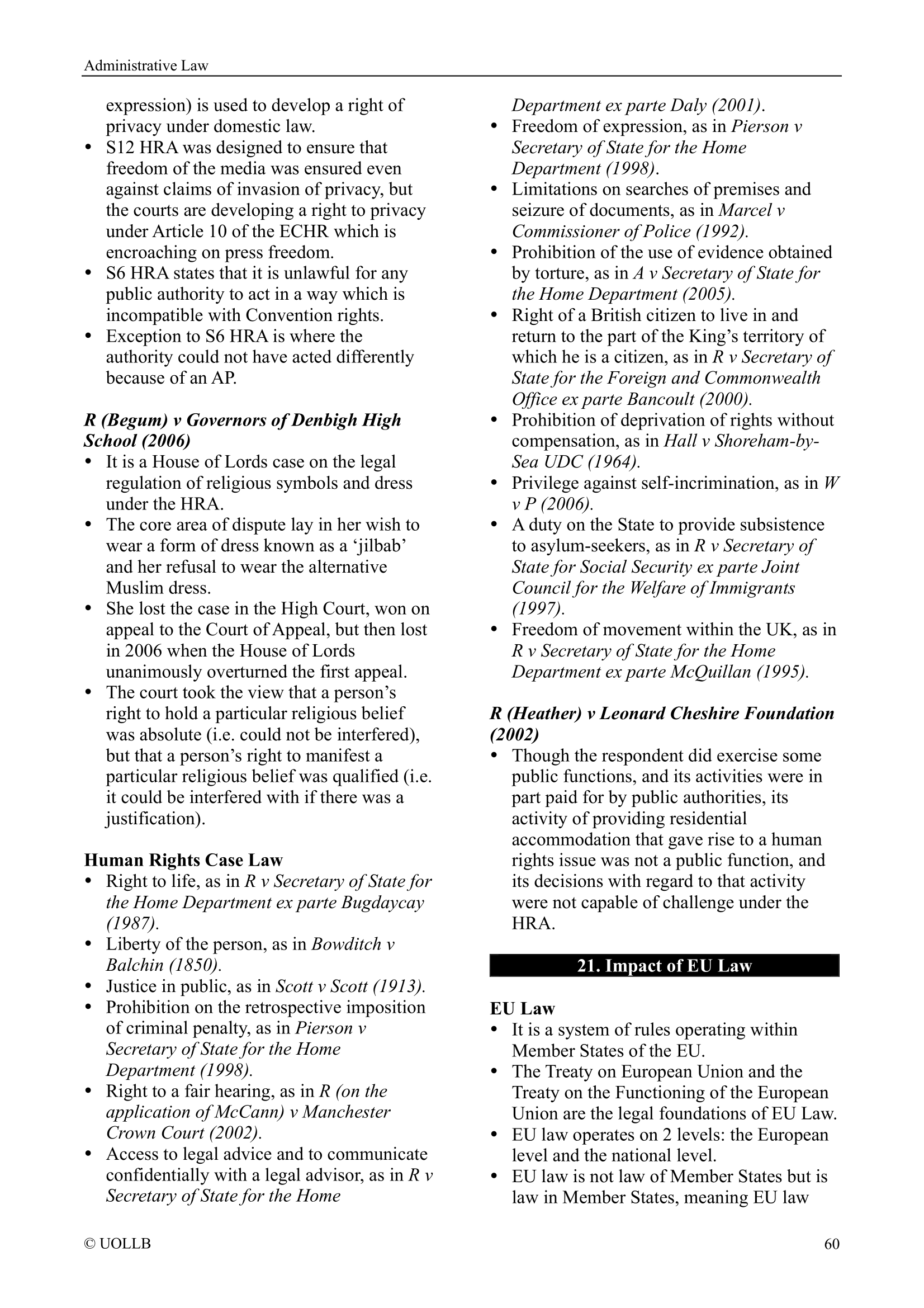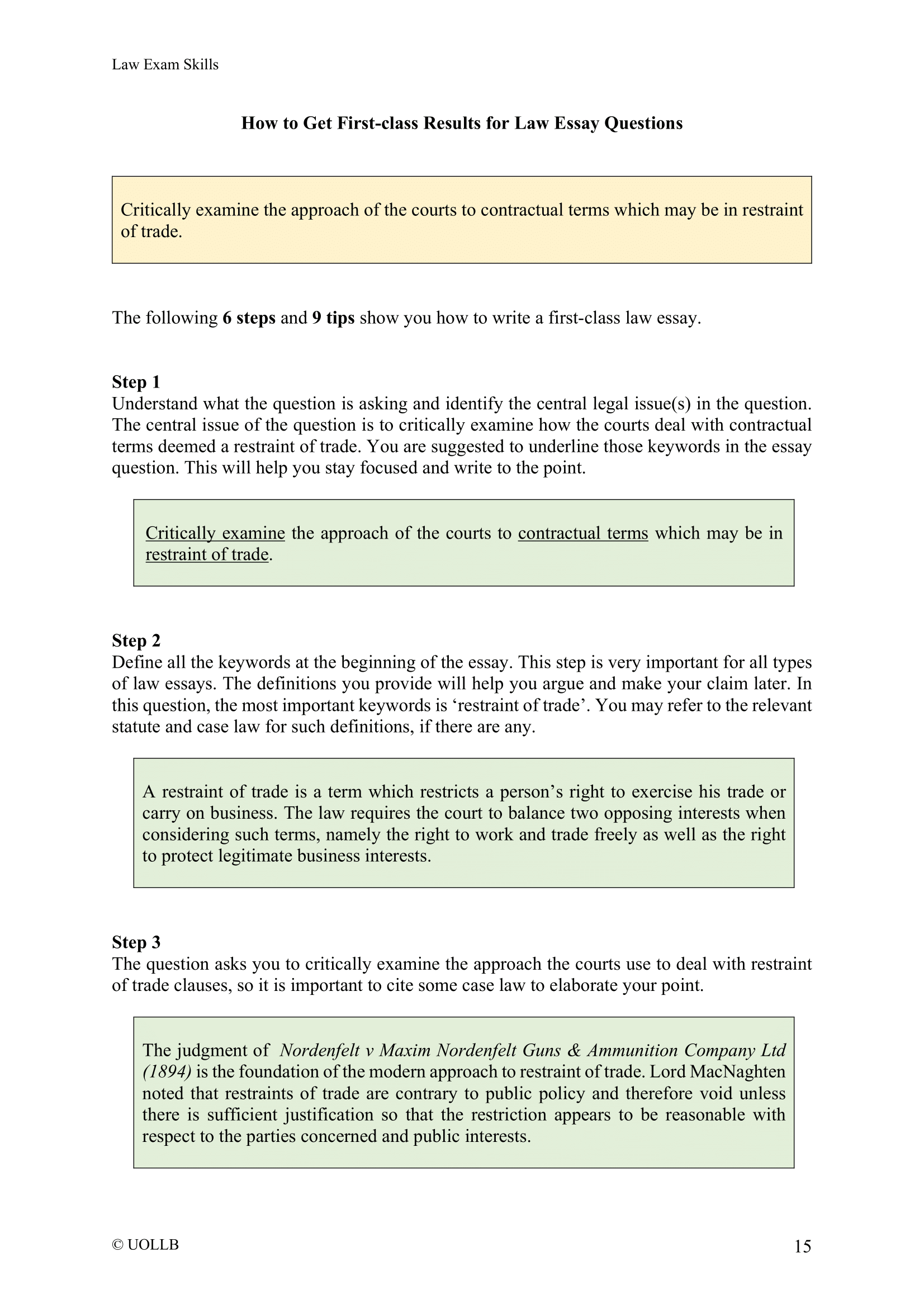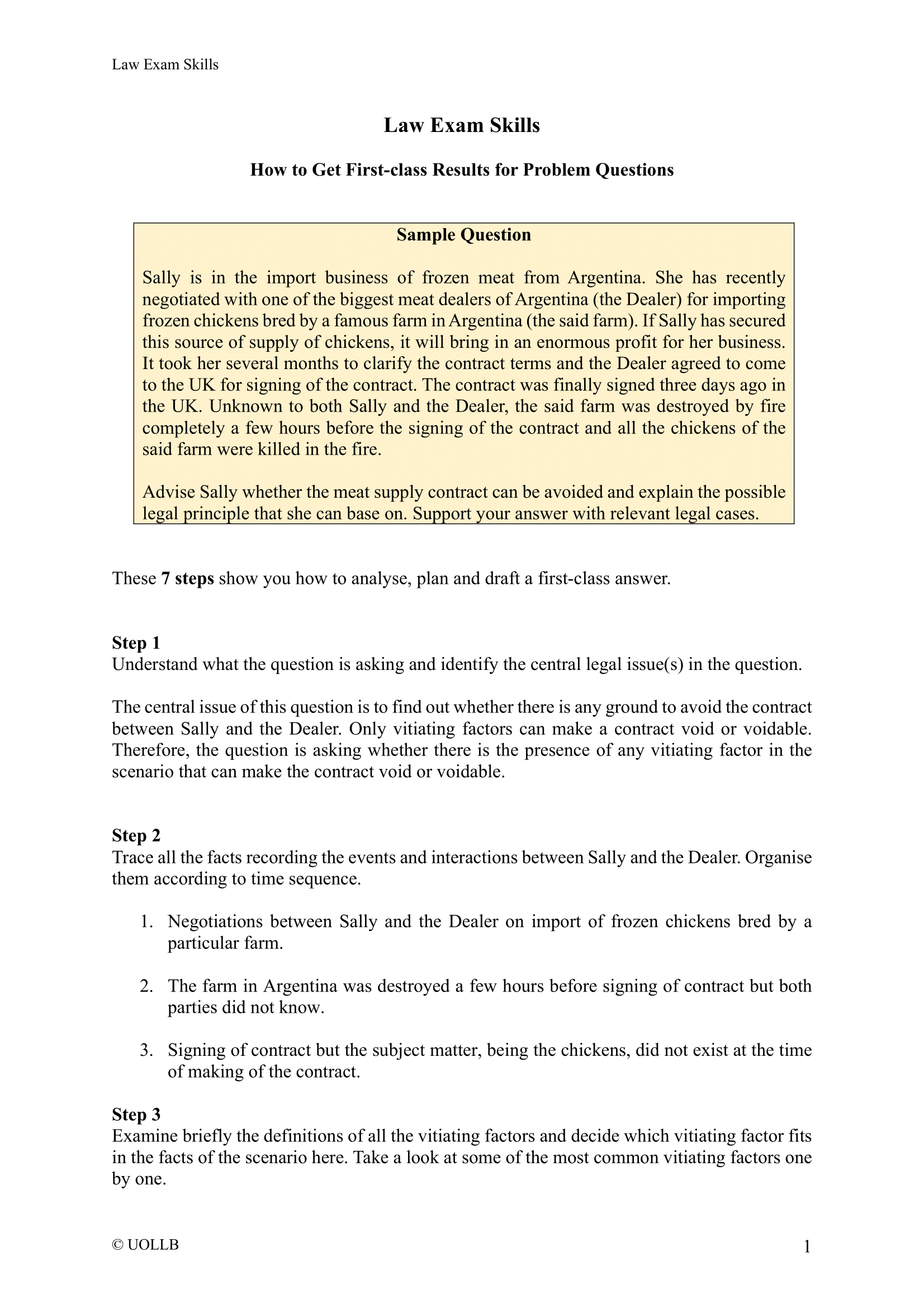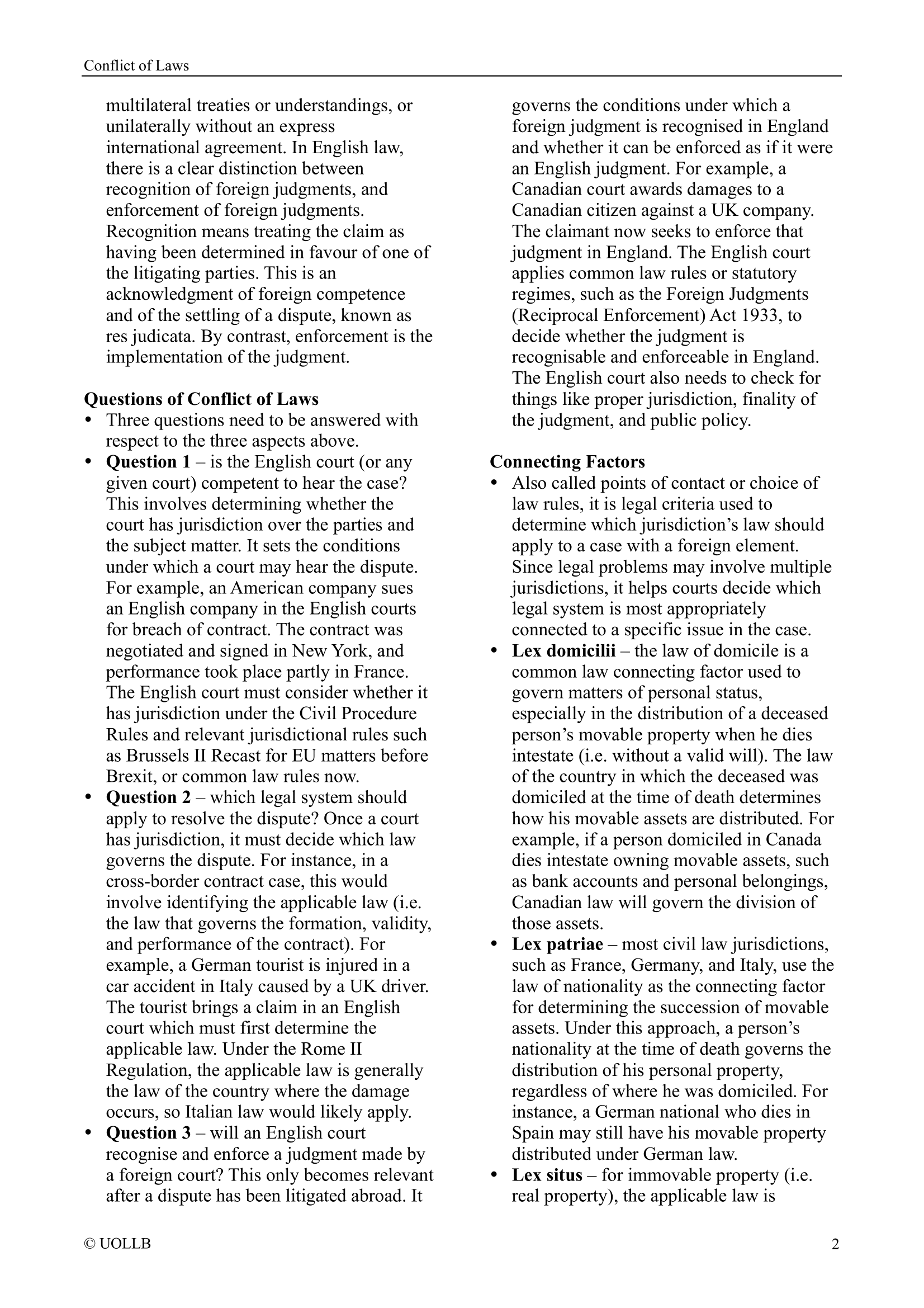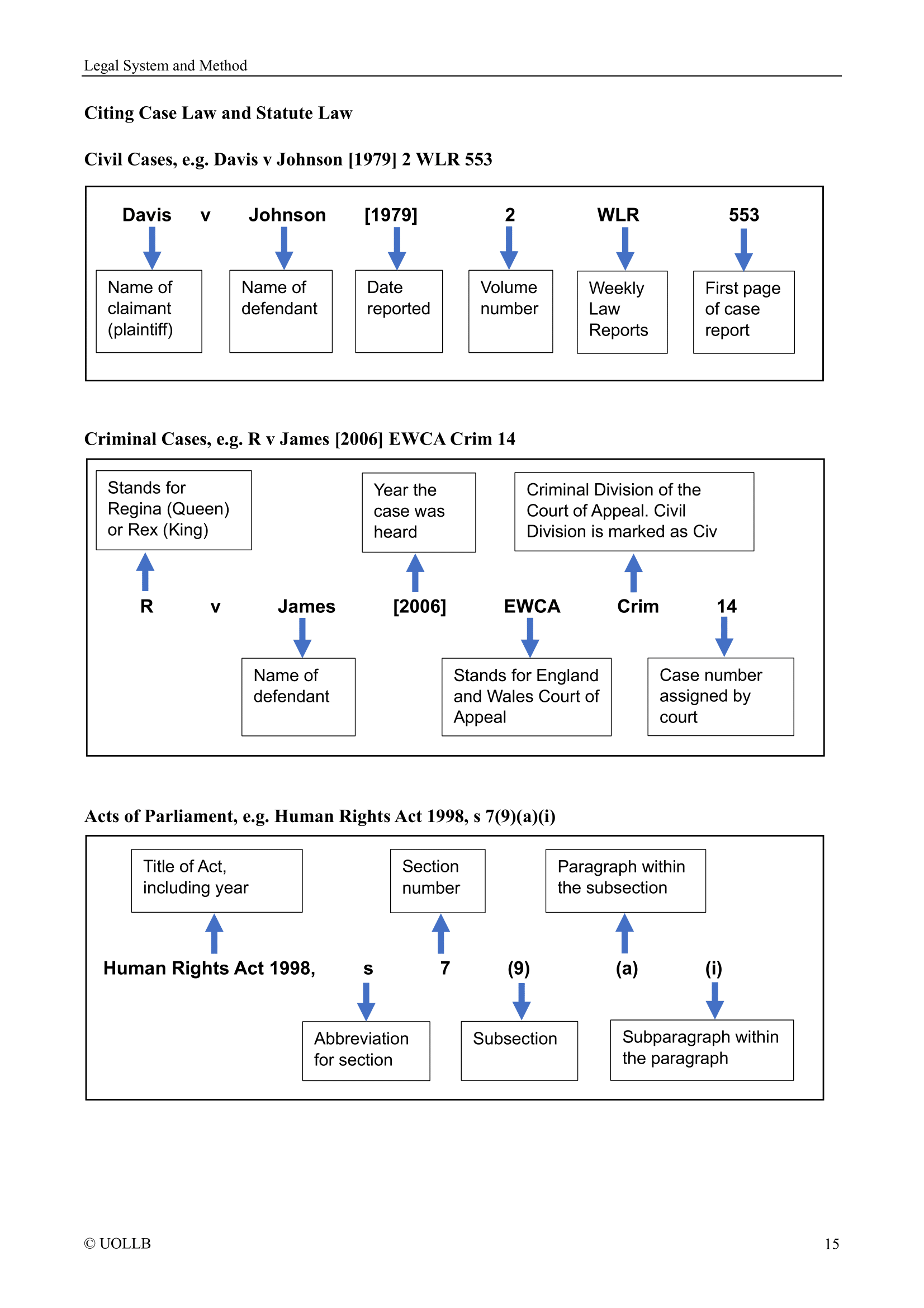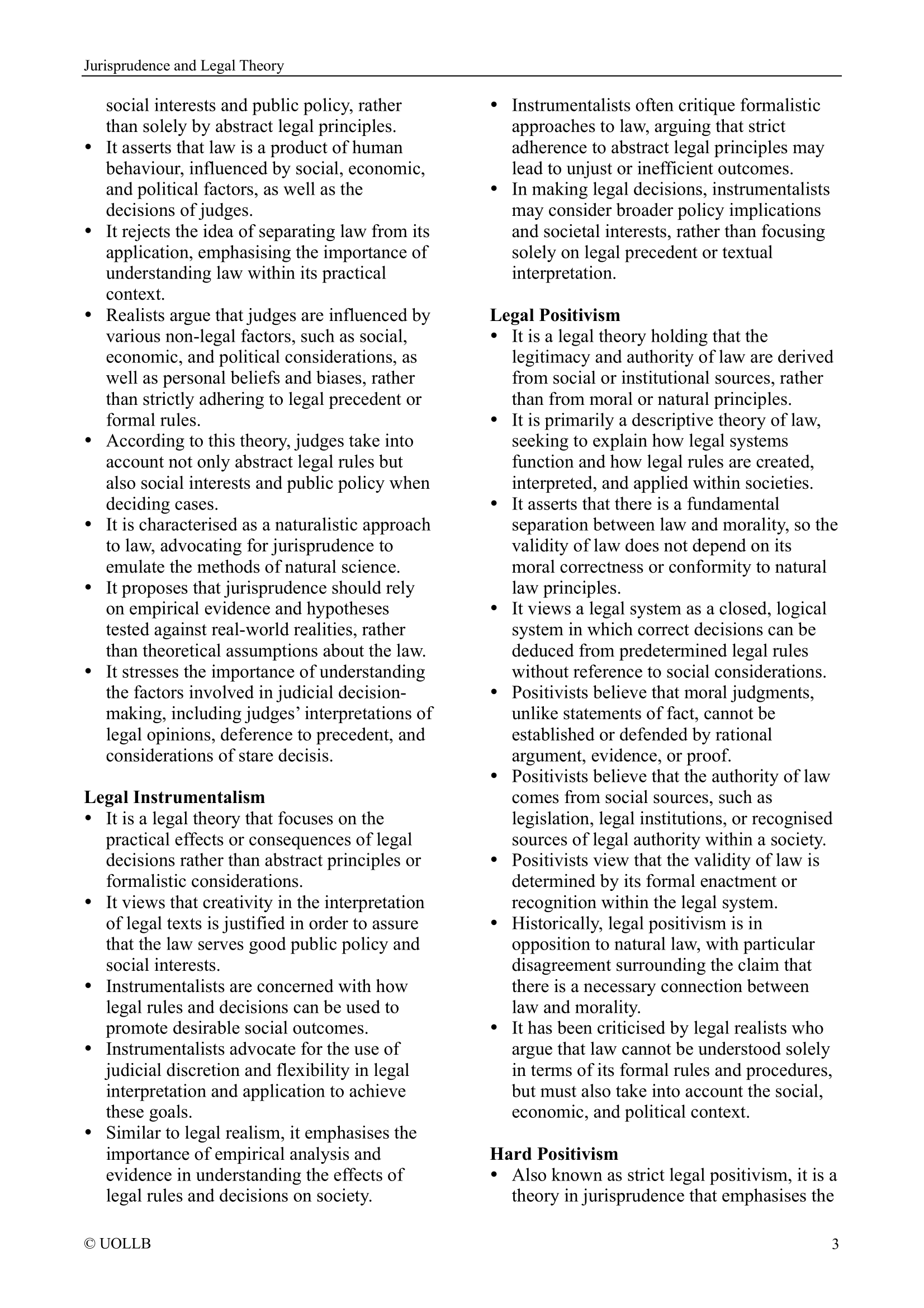Negligence without Fault: Liability for Accidents and the Future of Tort Law
Share
Introduction
The common law of negligence has long been premised upon the principle of fault. Liability is imposed on the defendant only where the claimant can establish that the defendant owed a duty of care, that the duty was breached, and that the breach caused the claimant’s damage. Central to this architecture is the concept of breach, which depends on whether the defendant’s conduct fell below the standard of the reasonable person. Fault, therefore, is not merely incidental to negligence; it constitutes the moral and doctrinal anchor of the tort. To impose liability without fault has traditionally been seen as a radical departure from negligence’s essence, and one that threatens to undermine the connection between wrongdoing and responsibility.
Yet it has become increasingly difficult to sustain this view in the contemporary law of tort. The sheer scale and character of modern accidents complicate the neat alignment of fault and liability. Road traffic collisions, workplace injuries, medical mishaps, and consumer product accidents frequently occur even when all reasonable care has been taken. In such cases, the principle of fault appears under-inclusive, leaving many victims uncompensated despite their losses being caused by risks imposed by others. At the same time, the near-universal presence of insurance complicates the moral landscape. Damages are rarely paid personally by defendants but are instead funded by liability insurers, shifting the practical function of tort away from punishment or moral censure and towards a system of loss-distribution.
This article examines whether negligence law, as presently constituted, can continue to operate coherently on a fault-based model, or whether it must evolve towards a model of liability without fault. It considers the theoretical justifications for fault, their weaknesses in light of social and economic change, and the implications of insurance and enterprise liability for accident compensation. It explores the tension between corrective and distributive justice as rival conceptions of tort’s function and evaluates whether the current compromise between them is sustainable. Finally, it considers three possible futures for negligence: reaffirmation of fault, partial strict liability in high-risk activities, and a more wholesale embrace of liability without fault.
The Traditional Centrality of Fault
Fault has long been regarded as the essence of negligence. In Blyth v Birmingham Waterworks (1856), Alderson B famously defined negligence as “the omission to do something which a reasonable man…would do, or doing something which a prudent and reasonable man would not do”. This definition places the reasonable person standard at the heart of the inquiry. The defendant is judged not against an ideal of perfection, but against the conduct expected of an ordinary member of society. The rationale is that individuals should not be held liable for inevitable accidents but only for those harms which result from their failure to exercise reasonable care.
This principle resonates with deep moral intuitions. Liability premised on fault ties responsibility to blameworthiness. It preserves the autonomy of individuals by ensuring that they are not made insurers for the misfortunes of others. In the classical liberal conception, individuals are free to pursue their own ends provided they do not unreasonably interfere with others. To hold a person liable without fault is, on this view, to conscript them into a form of involuntary insurance for the misfortunes of strangers, thereby violating principles of personal responsibility and fairness.
The doctrine also reflects an instrumental logic. By making individuals liable for their careless acts, negligence provides incentives to take care. The spectre of liability encourages motorists to drive carefully, doctors to follow professional standards, and businesses to implement safety protocols. Fault-based liability is thus said to promote efficiency by internalising the costs of accidents and deterring substandard conduct.
Nevertheless, this justificatory edifice rests on a fragile foundation. In practice, the operation of the negligence standard is neither as clear nor as effective as the theory suggests. The reasonable person standard is inherently vague, often leading to arbitrary distinctions between liability and non-liability. Minor variations in judicial evaluation of “reasonable care” can produce starkly different results. Moreover, fault as a mechanism of deterrence presupposes that individuals are capable of finely calibrating their behaviour in response to liability risks, a claim that is questionable given the prevalence of accidents arising from inattention, stress, or systemic factors beyond individual control.
The Limits of Fault in Modern Accident Compensation
The growth of complex, technologically advanced societies has revealed the inadequacies of fault as a criterion for compensating accident victims. In the nineteenth century, when negligence doctrine crystallised, accidents were often perceived as the product of individual carelessness. In contemporary settings, however, accidents frequently arise from systemic risk rather than personal wrongdoing.
Consider road traffic. Motorists may drive prudently, obey the speed limit, and keep their vehicles in good repair, yet collisions still occur due to sudden hazards, momentary lapses, or the unavoidable risks of mass mobility. Similarly, in medical practice, even the most competent professionals can make errors under pressure, and patients may suffer adverse outcomes despite treatment being consistent with professional standards. Industrial and consumer contexts are no different: complex machines and supply chains inevitably produce accidents even when every actor is attentive.
In such circumstances, fault operates as a blunt instrument. Victims who suffer catastrophic losses are denied compensation simply because the defendant cannot be shown to have acted unreasonably. From the victim’s perspective, the wrongness of the accident does not lie in the defendant’s personal failings but in the fact that they were exposed to risks they did not choose. The law’s insistence on fault leaves such victims unprotected, despite the fact that the accident arose from activities which benefited the defendant or society at large.
The incoherence of the fault model is exacerbated by the manner in which negligence doctrine itself has evolved. Courts have introduced doctrines which sit uneasily with a strict commitment to fault. Non-delegable duties, as recognised in Woodland v Swimming Teachers Association [2013] UKSC 66, impose liability on defendants who may themselves have acted reasonably, simply because they undertook responsibility for the claimant’s safety. Vicarious liability, dramatically expanded in Various Claimants v Catholic Child Welfare Society [2012] UKSC 56 and Barclays Bank v Various Claimants [2020] UKSC 13, imposes liability on employers even where they are not at fault, on the basis that they should bear the risks created by their enterprises. Product liability under the Consumer Protection Act 1987 similarly imposes strict liability for defective products irrespective of the manufacturer’s fault.
These developments illustrate that the commitment to fault is far from absolute. In practice, negligence law already accommodates elements of liability without fault, even if it resists recognising this openly. The result is a body of doctrine that oscillates between fault and risk-based liability, producing an uneasy compromise that lacks transparency and coherence.
Insurance and the Transformation of Tort
The rise of liability insurance has arguably altered the landscape in which negligence operates. In most areas of accident law, damages are not paid by defendants personally but by insurers. Employers are required by statute to carry liability insurance; motorists must carry third-party insurance; hospitals and doctors are backed by indemnity schemes; businesses carry public liability insurance. The practical reality is that negligence litigation is not about punishing individual wrongdoers but about shifting losses between insurers.
This development undermines the moral case for fault. If damages are paid not by the negligent individual but by their insurer, the moral link between blame and liability is severed. The defendant is, in effect, a conduit through which compensation is channelled from insurer to victim. The system operates less as a vehicle for corrective justice than as a disguised form of social insurance funded by premiums.
Furthermore, insurance spreads losses across large populations. Premiums are calculated based on risk profiles, meaning that the costs of accidents are borne collectively. A motorist’s insurance premium reflects the risk of accidents across all motorists. A hospital’s indemnity contributions reflect the aggregate risk of medical negligence claims. This collectivisation of risk aligns more closely with distributive justice than corrective justice. It treats accidents as social costs to be pooled rather than as wrongs to be individually redressed.
If this is so, then the insistence on fault may be more symbolic than functional. The law clings to the rhetoric of personal blame, yet in practice the system operates as a risk-distribution mechanism. This raises the question of whether it would be more honest and efficient to abandon fault altogether in favour of a model of liability without fault, one that recognises tort’s true function as compensation through risk-pooling.
Enterprise Liability and the Internalisation of Costs
Closely related to the role of insurance is the theory of enterprise liability. This theory posits that those who engage in and profit from risky activities should bear the costs of the accidents those activities generate. Enterprises are best placed to anticipate risks, purchase insurance, and internalise the costs of accidents into the price of their goods or services. Liability thereby ensures that accident costs are treated as part of the costs of doing business, rather than externalised onto innocent victims.
Enterprise liability resonates with the expansion of doctrines such as vicarious liability and product liability. Employers are liable for the torts of their employees because they profit from the enterprise that creates risk. Manufacturers are liable for defective products because they introduce them into commerce. In both cases, liability does not depend on the employer or manufacturer being personally at fault but on the principle that the costs of accidents should be borne by those who create and benefit from risk.
From an efficiency perspective, enterprise liability also provides optimal incentives. Enterprises are in the best position to invest in accident prevention and to spread the costs of accidents across their customers through pricing. Strict liability therefore encourages enterprises to take socially optimal levels of care and to internalise the externalities of their activities.
Corrective Justice and Distributive Justice
At the heart of the debate between fault and strict liability lies a deeper theoretical disagreement about the nature of justice in tort law. Corrective justice, associated with writers such as Weinrib, emphasises the bilateral relationship between wrongdoer and victim. Liability is justified because the defendant has wrongfully interfered with the claimant’s rights, and justice requires rectification of this wrong. Tort, on this account, is not an instrument of social policy but a moral practice of repair.
Distributive justice, by contrast, emphasises the fair allocation of social costs. Writers influenced by law and economics argue that tort law’s primary function is to distribute the costs of accidents efficiently, often by assigning liability to those best placed to prevent harm or spread costs through insurance. From this perspective, tort is less about individual wrongdoing and more about systemic risk management.
English law has oscillated between these conceptions. The rhetoric of fault and wrongfulness reflects corrective justice, while the expansion of strict liability doctrines and the pervasive role of insurance reflect distributive justice. The result is a hybrid system that tries to preserve the moral dignity of corrective justice while accommodating the pragmatic demands of distributive justice. Whether such a compromise is coherent remains contested.
Three Possible Futures for Negligence
The instability of the current compromise raises the question of tort law’s future trajectory. Three possible futures can be envisaged.
Reaffirming Fault: One possibility is to reaffirm negligence as a fault-based system. Courts could resist further expansions of strict liability and restore the centrality of personal responsibility. This would preserve the moral coherence of negligence and avoid the danger of transforming individuals into insurers for risks beyond their control. However, it would come at the cost of leaving many accident victims uncompensated, thereby perpetuating what many perceive as arbitrary exclusions from justice.
Partial Strict Liability: A second possibility is the selective introduction of strict liability in high-risk areas where insurance is already universal and the deterrent effect of fault is limited. Road traffic accidents provide the clearest example: most European jurisdictions impose strict liability on drivers for accidents involving vulnerable road users such as cyclists and pedestrians, recognising the inherent risks of motor vehicles. Medical treatment and hazardous industries might similarly be subjected to no-fault or strict liability regimes, supported by compensation funds or insurance schemes. This approach would address the most pressing injustices while preserving fault as the general rule in ordinary cases.
Full Strict Liability: The most radical option is to embrace strict liability across negligence, abandoning fault as the organising principle. Liability would attach to risk-creation rather than wrongdoing, with damages paid through insurance. This would transform tort into an explicit system of accident compensation, candidly acknowledging its distributive function. While this would ensure comprehensive victim compensation, it would sever tort from its moral roots in corrective justice, reducing it to a technocratic mechanism of risk allocation. Critics would argue that such a model is better achieved through social security or statutory compensation schemes, not through the courts.
Conclusion
Negligence law in England stands at a crossroads. The principle of fault, though long venerated, is increasingly at odds with the realities of modern accidents and the pervasive role of insurance. Doctrines that dilute fault, such as vicarious liability, non-delegable duties, and strict product liability, expose the fragility of the fault paradigm. At the same time, the moral force of corrective justice continues to exert a powerful pull, warning against a wholesale embrace of strict liability.
The choice before the law is not merely technical but philosophical. To reaffirm fault is to privilege personal responsibility and moral blame, at the cost of under-compensation. To embrace strict liability is to prioritise distributive justice and victim compensation, at the cost of eroding the link between liability and wrongdoing. A partial approach may offer a pragmatic compromise, but it risks further doctrinal incoherence.
The future of negligence will depend on whether English law continues to view tort as a system of individual responsibility or as an instrument of social insurance. Either path demands honesty and coherence. What the law cannot sustain indefinitely is the pretence that a fault-based negligence system is fully compatible with the realities of modern risk and accident compensation.
